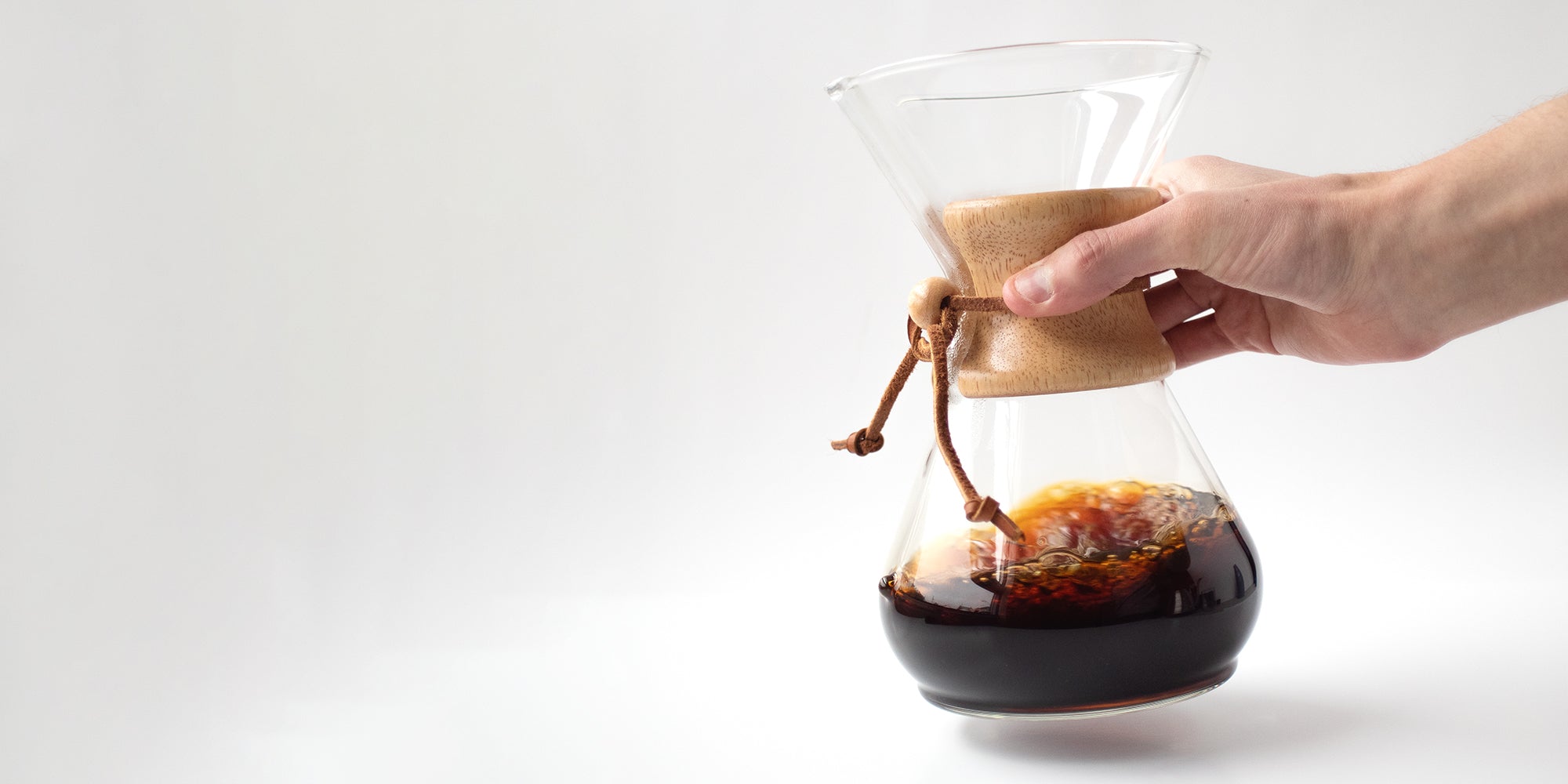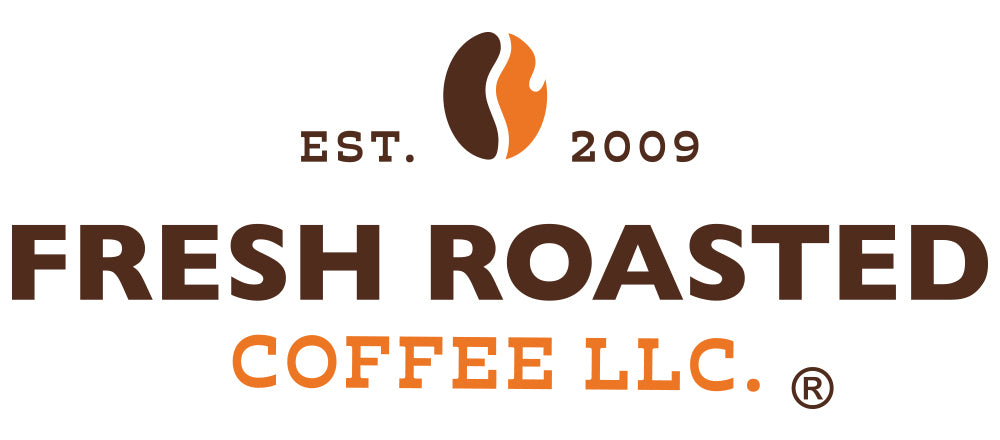What Is Coffee Body?

Everybody's heard a lot about roast level — there's the classic light, medium, medium-dark, and dark roast levels, and then there are the terms used more often in craft coffee like Viennese, Half-City+, Cinnamon, and New England. Roast level is typically what people look for when they're purchasing coffee because that's the info most companies put on their labels. But it's also important to consider what kind of coffee body you like.
Is body a combination of origin and roast?
Body is a combination of many factors: the varietal, elevation, soil, processing type, roasting, and extraction. The feeling of fullness, thickness, mouthfeel, and weight—that's body.
What are the categories of coffee bodies?
Coffee body is normally categorized as mild, medium, and full.
Well, milds are mild. The best description for a very mild coffee is “tea-like.” Geisha coffee, one of the most renowned varietals, is often described as tea-like or thin.
Medium-bodied coffee will have a heavier, thicker mouthfeel. Pacamara coffees, which often have stone fruit and chocolate notes, are often medium-bodied.
Full-bodied coffee is often described as syrupy or buttery. Sumatra coffees tend to fit nicely in the full-bodied category.
Can light roasts be bold? Can dark roasts be mild?
Do environmental factors dictate a coffee's body? If so, how?
Elevation and soil type play a significant role. Higher-grown coffees tend to be more complex than those grown at lower elevations. Colombian coffees are normally grown at high altitudes and are known to be full-bodied.
Fertile, nutrient-rich soil has a significant effect on the quality of the coffee. Many coffees are grown close to volcanoes for this reason. Coffee plants thrive here. Indonesia's Bajawa growing region on the island of Flores has very rich volcanic soil and produces some of that country's most exquisite coffee.
Are certain origins “locked in” to a specific body?
Yes and no. The growing environment does play a big part in the coffee's body. Roasting green coffee a certain way can emphasize or downplay body, and that all depends on the roaster's vision for the coffee. Let's be clear, roast level does not have anything to do with a coffee's body. Darker roast does not equal bold body but rather might to bolder flavor.
Can you push an origin past its usual body? Can that mess it up?
You can indeed accentuate or bolster a coffee's body at the roaster. This is done by stretching a roast's Maillard Phase (the “browning” phase of roasting that increases the amount of melanoidins) and by extending the duration of the coffee's first crack.
Bear in mind, you will be making a trade on some of the coffee's other characteristics. Sweetness, acidity, balance, and flavors will change when manipulating a roast to play up body.
What does a coffee's body mean for flavor?
Body and flavor are both crucial qualities in coffees, but they are not intertwined. More than anything, body, or mouthfeel—whatever you want to call it—is how the coffee feels and the pleasantness or lack thereof that is very much up to the preference and desire of the coffee drinker.
Any recommendations for people trying to figure out what kind of coffee body they like?
Brew for body! Seeing as the oil in the coffee creates body, how much oil your brewing method allows has a huge impact on your cup's body. Any method that uses a paper filter will decrease body because the paper traps the oils. The French press is the ideal way of brewing for coffee body lovers. The metal mesh filter allows the oils to pass. And let's not forget espresso! This has to do with the high coffee-to-water ratio, as well as the pressure versus gravity brewing method. That, and there's no paper.
The incredible complexity of coffee starts with the varietal and growing regions, but other influential factors could include the microclimates within the region and the seasonal conditions. Harvesting, hulling, and drying techniques lead to additional layers of flavor. Roasting is an art form, and a true craftsperson can modify their methods to enhance certain flavors and the body of the final product. Preparation of one style can result in flavors that could be completely undetectable in another.
We hope that these discussions with our Roastmaster will lead you to a deeper understanding of what great coffee can be.

Leave a comment